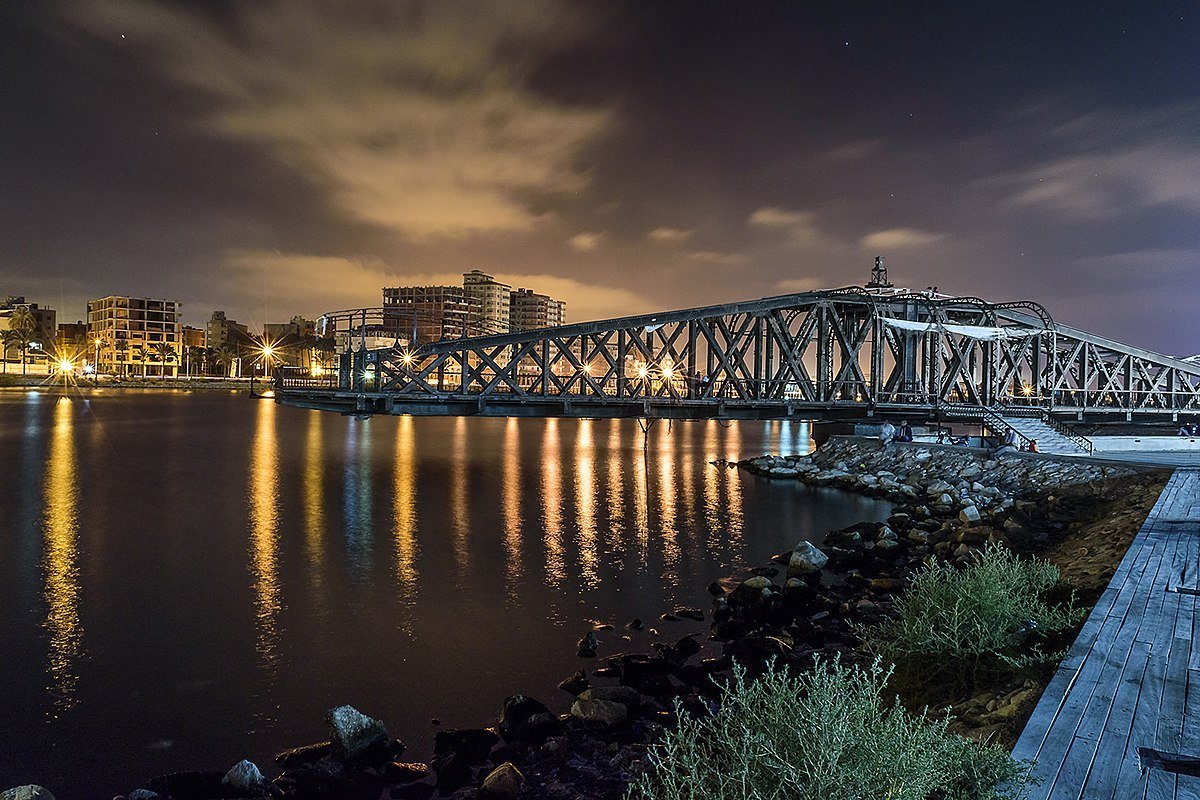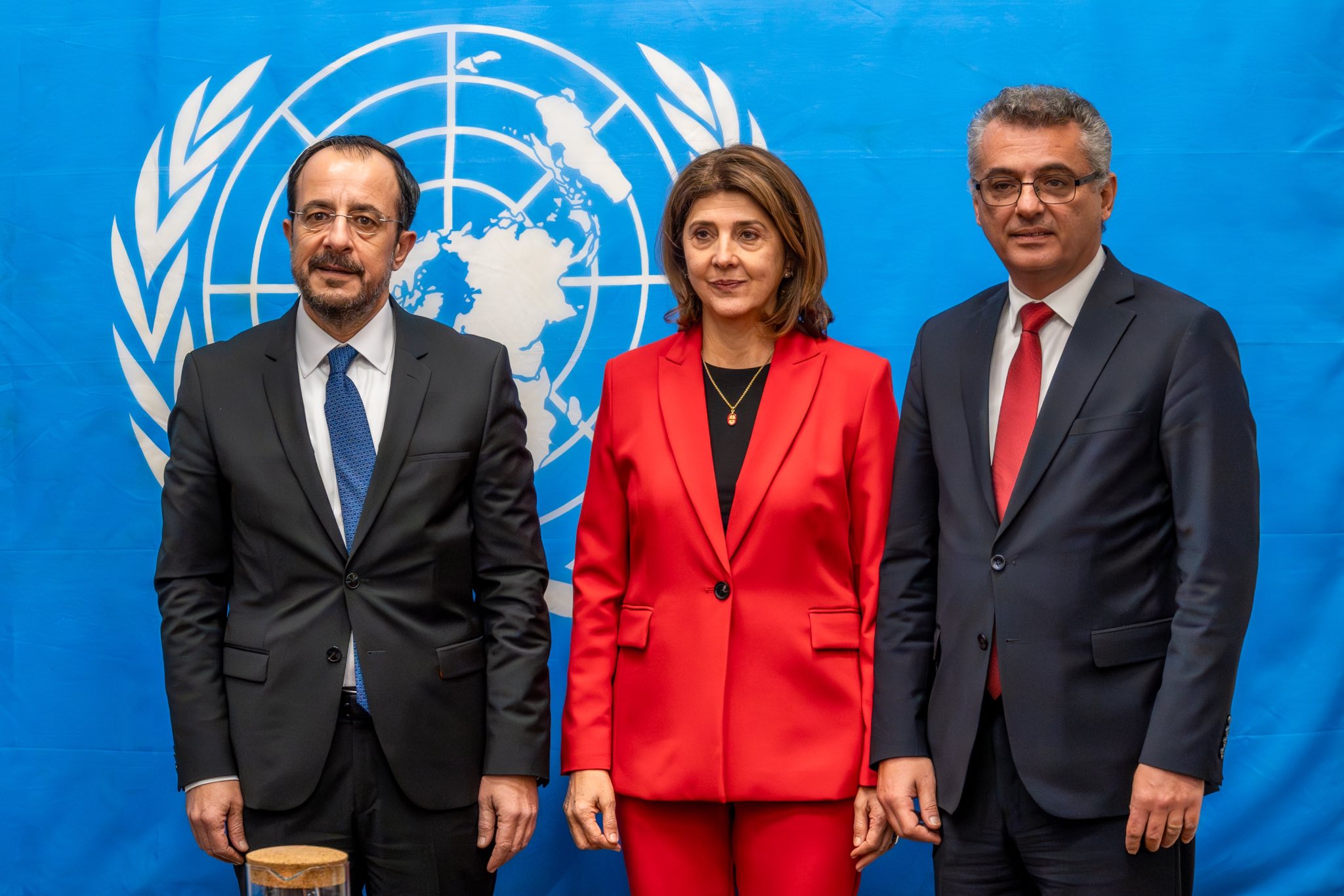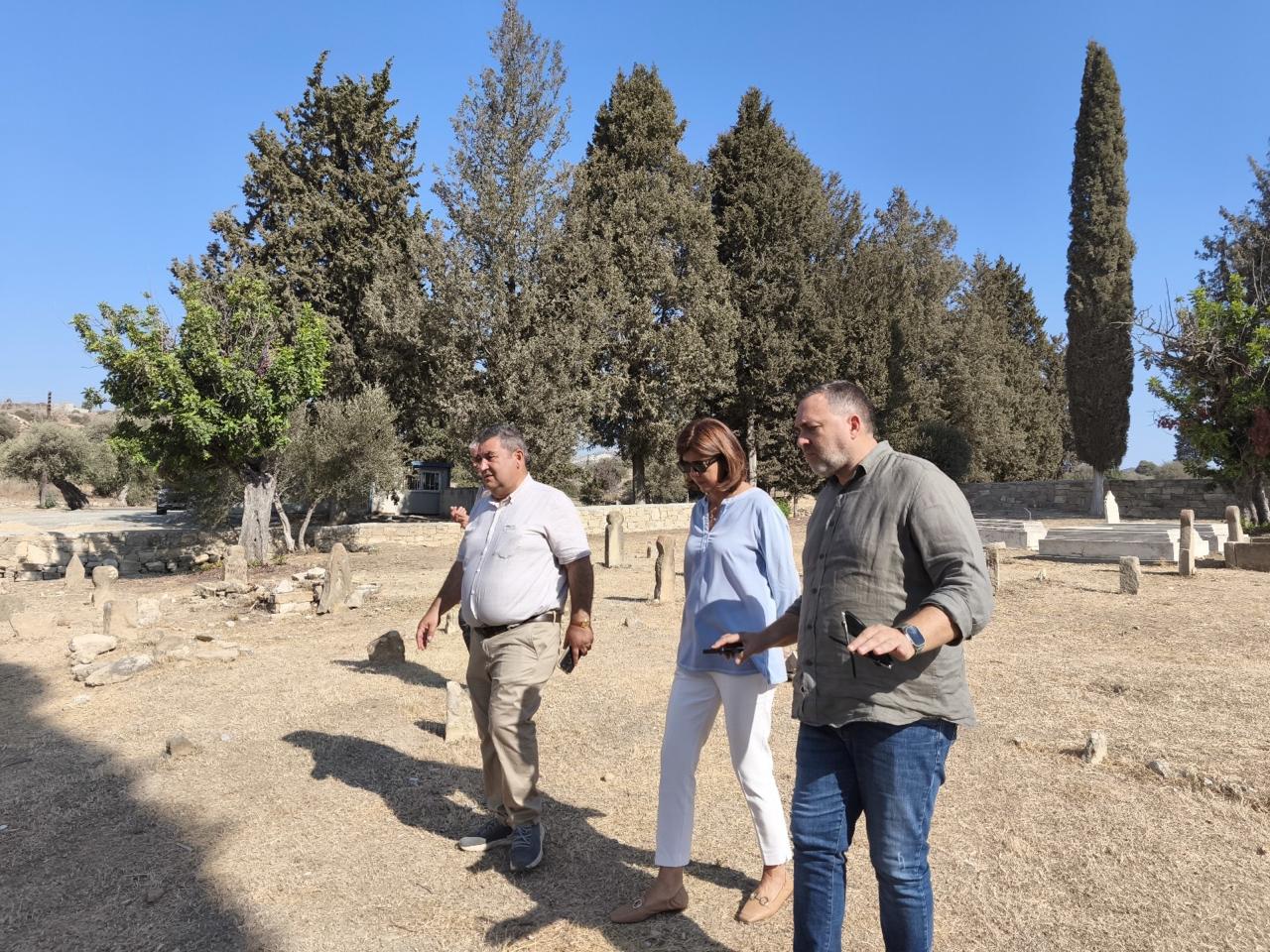Cypriot natural gas will be extracted from under the sea for the first time in 2027, Energy Minister George Papanastasiou said on Monday.
Speaking to Politis radio, he said he expects an agreement to be struck between the government and Italian energy company Eni in the near future, which will allow for Cypriot natural gas from the ‘Kronos’ reservoir to be sent to the Segas liquefied natural gas (LNG) terminal in the Egyptian port city of Damietta for liquefaction.
Given the proximity of the ‘Kronos’ reservoir and Block 6 of Cyprus’ exclusive economic zone (EEZ) to Egypt’s ‘Zohr’ gas field, which Eni also operates, Eni would be able to use its own infrastructure to take the Cypriot natural gas to Damietta.
To this end, Papanastasiou said the development and production plan for this is expected to be submitted by March. The government would next have to take a final investment decision by summer, with the first Cypriot gas extracted by 2027.
Elsewhere, he said negotiations are drawing to a close with Israel regarding the ‘Aphrodite’ deposit in Block 12 of Cyprus’ EEZ, which had been the subject of a dispute between the two countries.
Israel had said part of the gas in ‘Aphrodite’ field seeps into Israel’s EEZ, into a field called ‘Yishai’, with some estimates stating that up to 10 per cent of the field could be Israeli, meaning that over €1 billion could be at stake.
Papanastasiou said on Monday that negotiations have “entered their final stage”, and that they should be completed within the next three months.
“Our aim is to visit the neighbouring country to reach a conclusion and sign it,” he said.
He also made reference to Block 5 of Cyprus’ EEZ, where research drilling work had begun on Friday, saying that the finding of significant deposits might lead to the building of an LNG terminal in Cyprus, but that decisions regarding the destination of any gas finds should be made on a case-by-case basis.
“The deposits in Cyprus’ EEZ are very scattered, so it is not economically advantageous for them all to end up in Egyptian terminals or in a floating terminal which may be built in our country. There must be the best economic solution for each deposit,” he said.
On this matter, he also offered an update on the floating storage and regasification unit (Fsru) Prometheas, which will form part of the liquefied natural gas (LNG) project at Vasiliko.
He said the Prometheas is currently in Malaysia, that its technical inspection has been completed, and that repairs will be made. It’s understood the ship is missing a nitrogen generator.
Then, he said, natural gas infrastructure company Etyfa will “request expressions of interest for its use” until Vasiliko is ready for its arrival.
According to Papanastasiou, during the recent visit here of Egypt’s petroleum minister, the latter relayed Egypt’s “official interest” to make use of the Fsru.
Papanastasiou had said last month that the government aims for the Vasiliko LNG terminal to be complete by the end of this year.
“I know this is an optimistic goal, but we must set optimistic goals,” he said.
Under this timetable, LNG imports at Vasiliko would begin sometime in 2026. The imported LNG would be converted into its gaseous form at the terminal, then fed via pipeline to power stations to generate electricity for domestic consumption.
The setting of this goal comes weeks after President Nikos Christodoulides had said the process of purchasing project management services from Etyfa is “being completed” with the aim of restarting work on the terminal as soon as possible.
Work had ground to a halt last summer after the CPP-Metron Consortium (CMC) tore up its contract with the government to construct the terminal.
Once Etyfa has selected a project manager, the individual will assist Etyfa in drafting tender documents for the contracts for the remaining works at Vasiliko, which are to be re-tendered following the termination of the contract.







Click here to change your cookie preferences